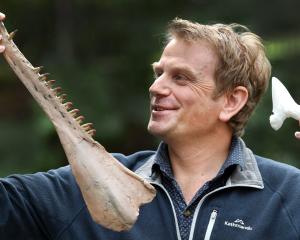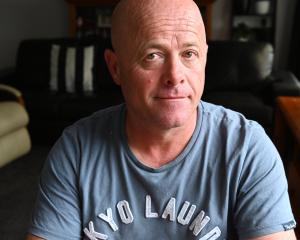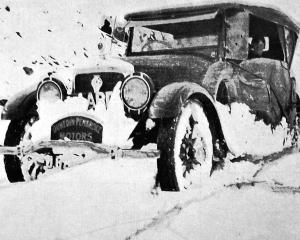
Women "very graciously and willingly" sink under the waves of traditional feminine concerns of caring and support but it can be quite a fight to get themselves back again once those commitments ease, poet and artist Emma Cook says.
"I’ve definitely experienced that."
It is one of the reasons she has joined her mother Linda Cook and fellow Dunedin artists Anita Desoto and Ana Terry in developing the Women’s Work Art Collective (WWAC) which focuses on women artists aged 50-plus, many of whom have come to their art practices later in life.
Linda says that women dedicate their lives to some kind of service and support is expected but often when women get to 50 they suddenly realise they have not followed their own passions and then when they do, are often seen as being self-indulgent or frivolous.
"I just think we all have our different viewpoints and our different journeys that have brought us to this group, but we all have a common interest and feeling about the female role in the world and how feminism isn't gone, it's still very much needed."
Having always been a fan of collectives, Linda talked to Desoto, with whom she was sharing studio space at the time, about setting up a small group to advance the voice of older women artists and the WWAC was born.
"We wanted to create a feeling of solidarity and sisterhood. I think that a sense of community in art is a real strength for people making art," Desoto says.
Keeping the group small so everyone knows each other and can meet regularly to share and talk about issues was important for Linda.

"We thought "Intersection" was an appropriate title, because we're bringing diverse group ideas together, diverse practices together, and it sort of feels like that's a reflection on community too," DeSoto says.
When Emma was invited to join, her initial thought was she was too busy with her poetry, teaching and children to take part.
"Then I thought, well, no, that's the same old story. That's why women don't do these things, because we're busy."
She realised what she needed to do was get involved in something that allowed her to explore her art more consciously. While she has been writing poetry since the age of 8, it is only recently that it has merged with her love of craft.
Her writing has followed her journey from teenage angst, as she’s aged, had children and gone through "babydom, tweendom, teendom" to now where her oldest is 26 and her youngest is 16.
"My poetry is confessional in nature, so it is quite personal, although when I say personal, I also retell the stories of my mother, my grandmothers, my aunts, so I'm really big on kind of reclaiming women's voice and women's stories and narratives, and so my poetry isn't abstract or conceptual. It tends to be very grounded in experience and very much in kind of the domestic feminine sphere, if you want to call it that, and kind of exploring what's underneath the masks that women typically find themselves wearing."
She has found herself so busy "kin keeping" and making sure everyone is fed and watered and at the right place at the right time that there often seems little time for her own thoughts.
"For years my poetry has been written literally on my phone using the notes app while waiting in the car for a kid to come out of whatever it is they're at."
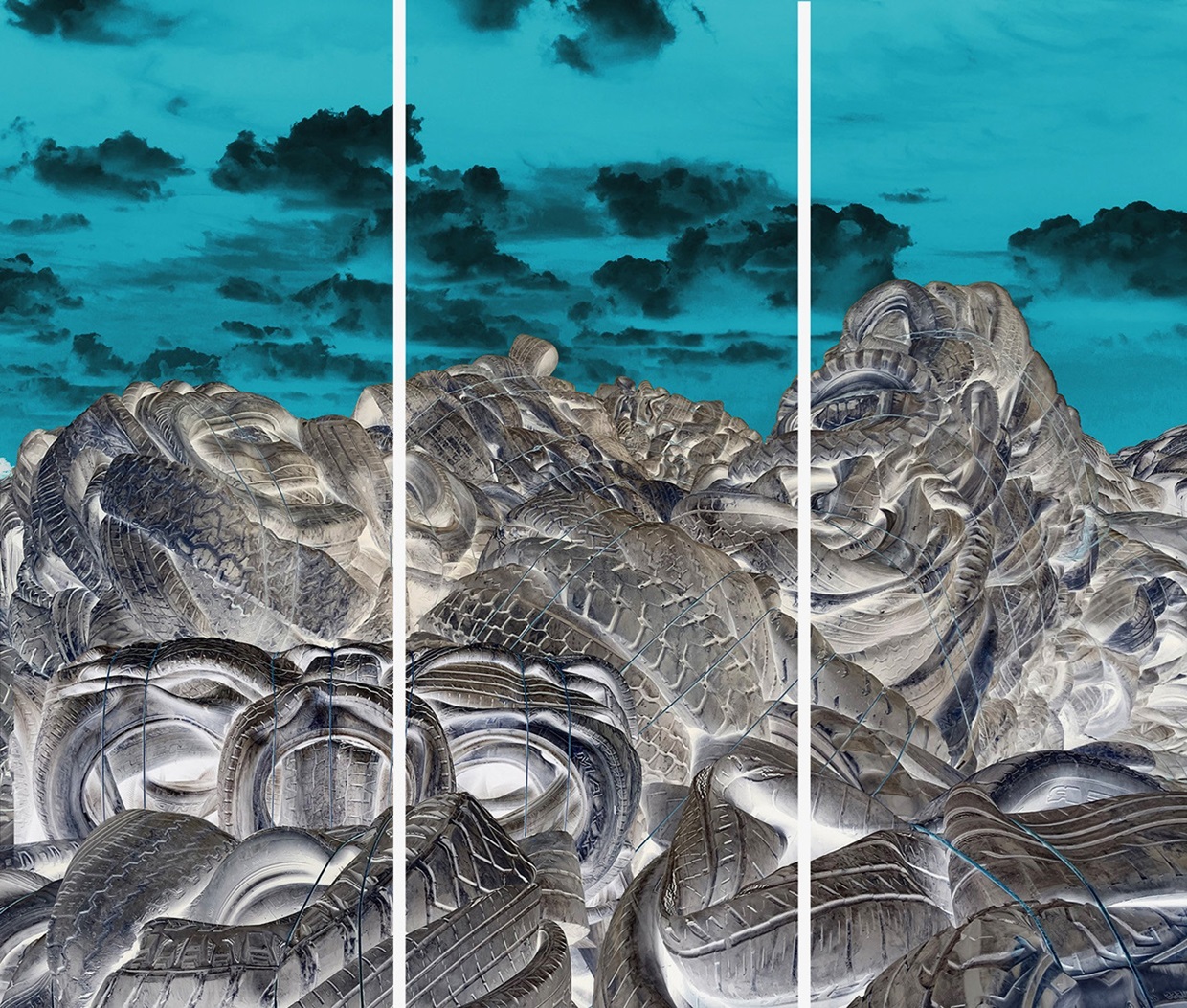
"I started using found objects and then embellishing them with my own words and with what I think are quite feminist sentiments and putting them on these kind of older vintage pieces in the hope that the juxtaposition creates a new message altogether."
Being part of the WWAC is enabling her to share her work and have it seen.
"I hope that it impacts some people, that they like it and relate to it. I've had that before through my poetry, but not through my visual art. So I'm quite interested to see how this mashup of poetry and domestic art goes down."
She is also loving working with the other women.
"I'm the baby of the group, so I'm the youngest, so I really love that they all have so much more wisdom and experience than I do, and so I'm just learning from them. I love the special things that happen when you're working with women in a collaborative sense. I think it's quite different."
Emma hopes they can draw more attention to the truth of feminism and its importance.
"I work with young women, that's my job, and I'm constantly amazed and disheartened by how many of them don't understand what feminism is or they decry it and the arguments I hear coming out of their mouths that are anti-feminist straight from TikTok. I find it quite upsetting, so I just think it would be great to kind of bring feminism back into the public conversation."
Being a role model for her students is important to her so "I thought it was time I practise what I preach".
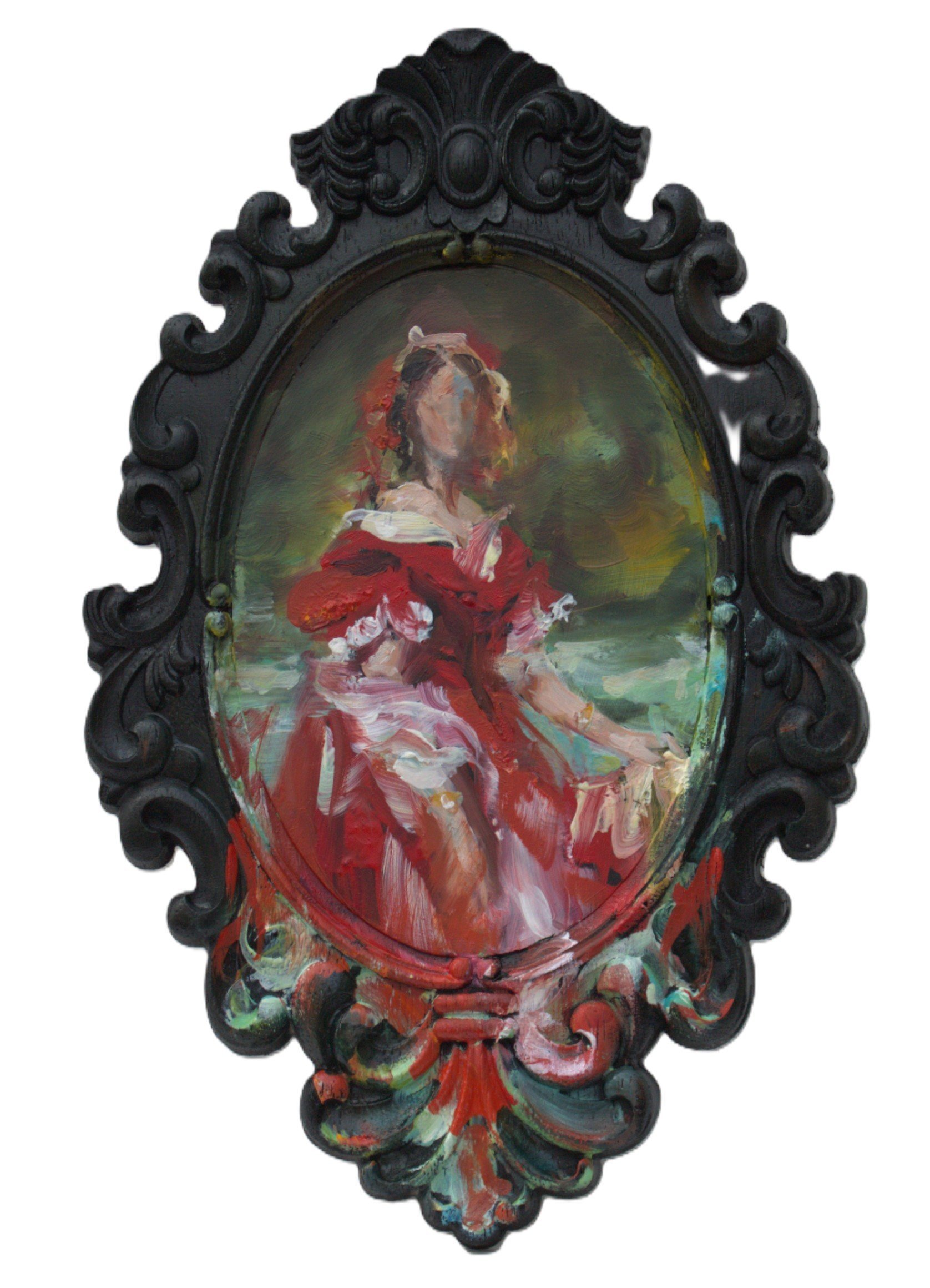
For the WWAC’s first exhibition "Intersections", Emma has made a series of 13 miniature poetry books with a cross-stitched motif on the front and two collage pieces using found vintage hand-worked linens embellished with words in colours that blend reflecting how women’s work is often anonymous and discarded and giving it a voice.
"And then I've done a corset, which I've done slip-stitch and then whip-stitched beads on to it and whip-stitched across the bosom with a line from one of my poems which says, we are still corseted."
Just like the women who created the linens she has found in op shops, on internet market sites and donated by friends, Emma spends many hours creating her works. From the 50-plus edits each poem goes through to the physical time stitching and creating each piece — the corset alone took about 25 hours.
"It looks quite simple, but it's deceptive in the fact that it's had a lot of emotional effort and a lot of physical time put into it. I've got one of my poems over it and it's called Tongue and that literally took me 10 years to write. So, you know, it's been through like so many iterations."
Terry has also come into her art practice later in life having worked in other industries through to her 40s, and felt coming into a group like the WWAC was a good opportunity for her to get back into her art practice.
"So that was a big motivation for me, and also giving voice to older women artists because it's a fairly young industry."
She was discouraged from following an arts career when she was younger by her parents so never saw it as a serious option.
"They were like you'll never make money being an artist, and actually it's probably a pretty selfish hobby to be involved in because you're not really making much money, and you're distracted by it, and you can't get on with other things."

"It was like, I feel there's more to life than this, you know. So that's how I got into — went and did my degree, and then I did my master's, and then I taught at art school."
Now she supports those who teach art as well creates her own work which is often installation based and "conceptually abstract" using materials that have been discarded — remnants of systems.
"I’m interested in looking at things that infer systems and how we operate within systems, whether that’s societal or political. What the shapes and the forms might infer to sort of link back to those systems or opening up different reference points."
Most importantly the ideas dictate what materials she uses, rather than the other way around.
For this exhibition, using photography, she looked at interesting shapes and objects in her environment creating a triptych.
"All the tyres that form most of the work really intrigued me in how they were bound and how they were piled up into this sort of midden, if you like compositionally. The way I've manipulated the photograph too is I've played with the idea of sort of almost this living form that has this sort of radiating, emanating light, if you like, from within it as well. "
DeSoto, who is known for her oil paintings which flip the narrative of women represented by European art, has included in the exhibition a large work that is a reinterpretation of a Baroque painting by Jacques Jordaens (1593-1678) who painted a series of works about female fertility.
At the time she painted it, the female reproductive laws in the US were changing rapidly and she felt compelled to paint something in response to that.
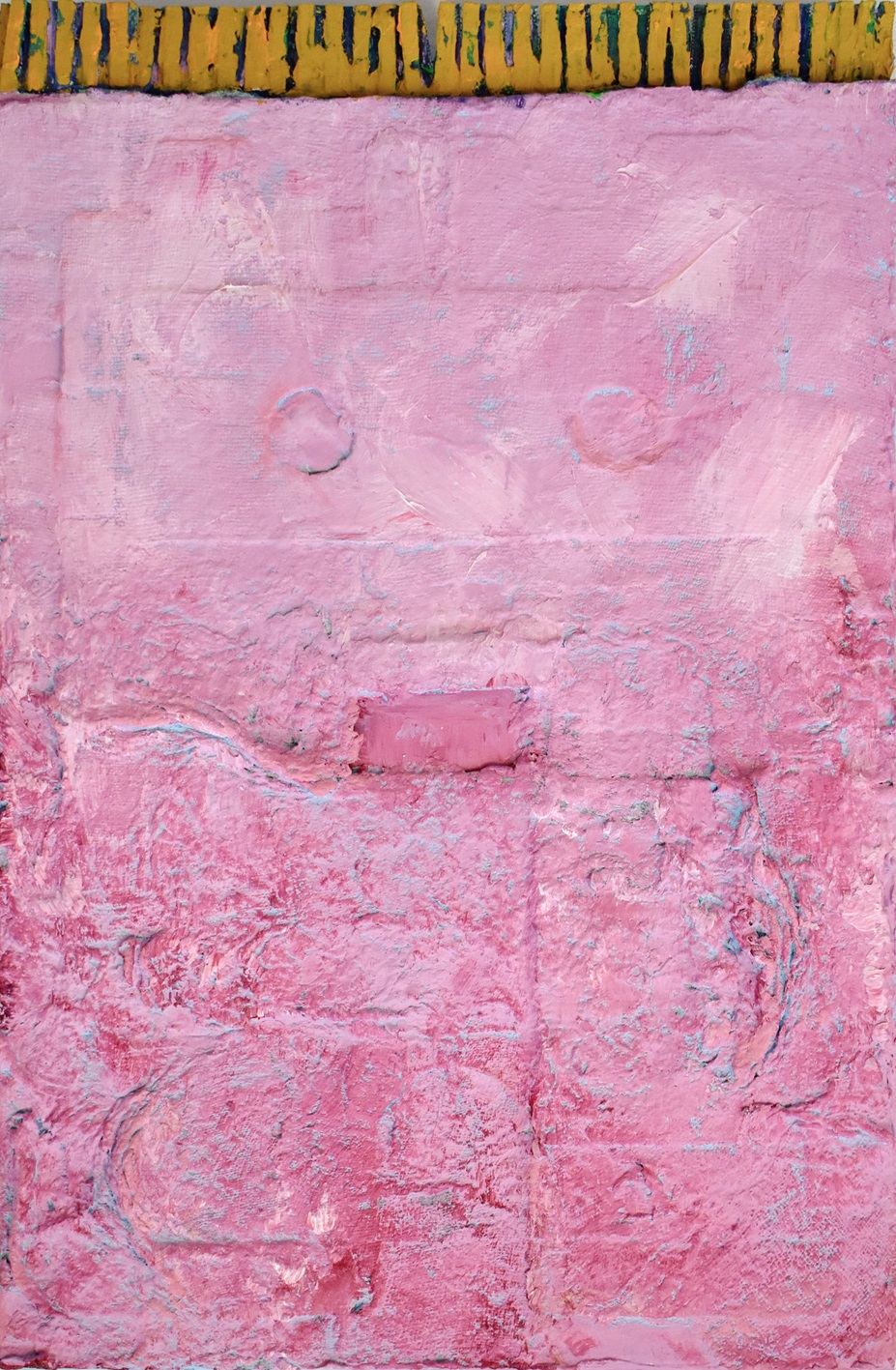
Another work is tiny by comparison and is in response to the invisible stories of women who migrated to New Zealand in colonial times.
"I don't feel very articulate talking about many things. My painting is my voice about such things, and I do feel very strongly about them, and it is my way of expressing that in a positive way. And they're both paintings that celebrate women and their stories."
Linda’s work for the exhibition is smaller than her usual pieces as she wanted to be considerate to the other exhibitors, and as her works take a long time to create, especially in cooler months when the drying time is longer.
Using discarded packaging materials and a powder clay "mush" which she adds pigment to, Linda layers cardboard and fills in the gaps with the mush and crevices pushing it so it "looks like wrinkled old skin".
"I’ve enjoyed that because its quite bodily. It’s quite warm when you put your hand on it, and almost soft. I felt that was quite relevant to the the female voice."
She likes to put thought into naming her works, with one called "Get a grip" in reference to a saying often thrown at women. It is also a reference to her own journey in recovering from hand surgery after an accident.
"So there's a bit of humour in it as well. You always got to have a laugh."
TO SEE
"Intersection", Women’s Work Art Collective (WWAC), Olga, Dunedin until June 25.

